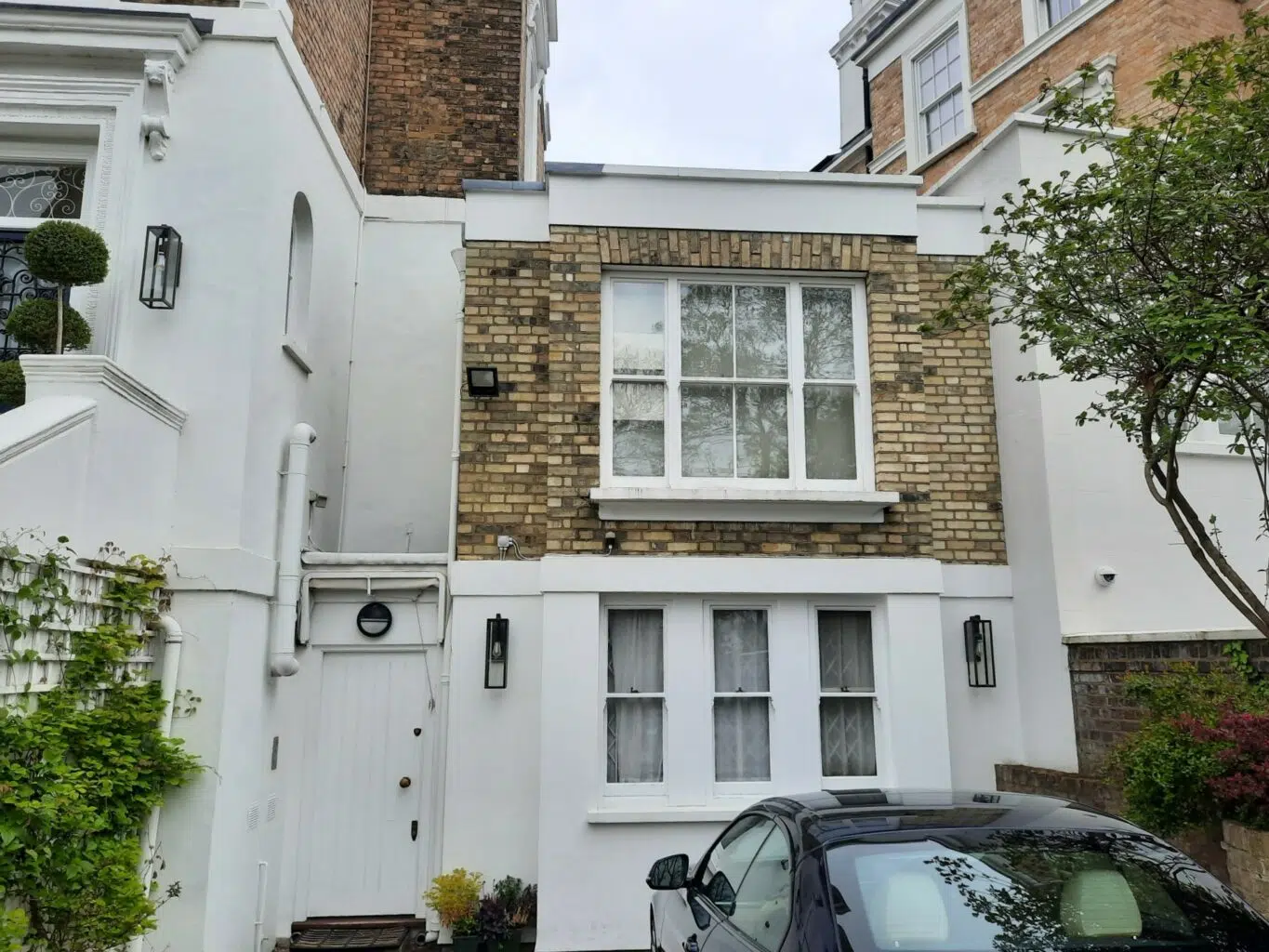
Lustre Consulting was appointed by Schneider Designers to conduct a detailed Basement Impact Assessment (BIA) and Flood Risk Assessment (FRA) for a proposed residential development in Notting Hill. The project involved the extension of a basement beneath an existing property within the Royal Borough of Kensington and Chelsea. Our service aimed to address concerns related to structural integrity, flood resilience, and environmental impact while satisfying planning requirements.
The development was situated in a Critical Drainage Area (CDA), classified as “high risk” for surface water flooding. Coupled with the site’s underlying geology of London Clay, known for its shrink-swell properties, these challenges required a tailored approach to ensure compliance with local planning policies and environmental standards. Additionally, the basement’s proximity to neighbouring properties demanded careful assessment to mitigate any potential impact on adjacent structures.


Our Basement Impact Assessment focused on identifying risks associated with groundwater, soil stability, and drainage while proposing practical solutions to address these issues. Key aspects of the assessment included:
As the site was situated in a high-risk flood zone, our FRA focused on reducing surface water flood risks while ensuring compliance with the borough’s planning policies. Highlights of our flood mitigation strategy included:
The combined findings of the BIA and FRA provided the client and the planning authority with a clear roadmap for achieving a safe and sustainable development. Key outcomes of our work included:
By addressing these challenges comprehensively, Lustre Consulting played a pivotal role in ensuring the development’s success, from securing planning approval to laying the groundwork for safe and sustainable construction.
For more information on how Lustre Consulting can assist with similar projects, contact us today.
How we can protect your construction site from unnecessary delays and costs. If piling is part of your construction plans, a piling risk assessment could be a vital step to avoid potential problems that could disrupt your project, including: Piling risk assessments are now explicitly referenced within the Environment Agency’s Land Contamination Risk Management Guidance […]
How we can protect...
A surface water soakaway is used to capture then allow the infiltration and filtration of water runoff through a subsoil to the water table below. Your soakaway should provide sufficient short-term storage of surface water and allow the surface water to percolate into the surrounding ground. The National House-Building Council (NHBC) provides detailed guidance on […]
A surface water...
Working on a construction project can come with a long ‘to do’ list. Not only that, but you have to deal with the stress of navigating planning conditions as well as numerous building regulations. Acoustic issues don’t have to further complicate this process. Could an Acoustic Assessment be a requirement for your site? Of all […]
Working on a...
Contamination is not always something that can be seen; often contamination is invisible, buried below ground or is present in perfectly normal looking topsoil.
This is a question...